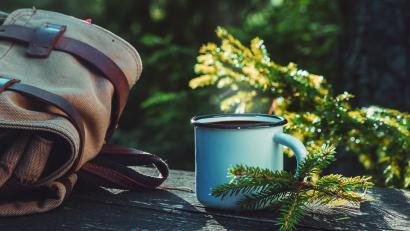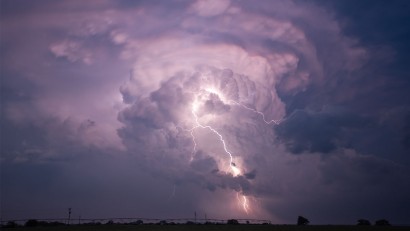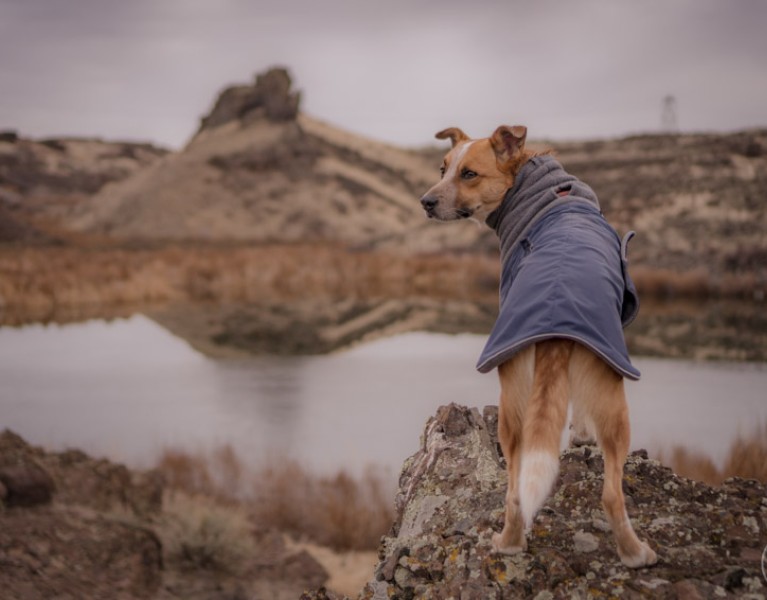
Road Tripping in Central Washington
Table of Contents [Show]
The wet and dreary months in Washington keep many indoors, cozied next to the fireplace with a good book and hot beverage. For those who don’t want to wait for the next sunny day before venturing outdoors, they can simply drive a few hours east and out of the rain shadow to Central Washington.
The landscape differs from the towering Cascade mountains, trading snow capped and jagged peaks for high desert terrain, a vastly different kind of beauty, thanks in part to the Missoula Floods. These glacial floods carved out the Columbia River Gorge at the end of the Ice Age as a result of ruptures in the ice dam on the Clark Fork River in Montana.
Mornings and evenings can be frigid, but the sun warms the skin during the afternoon. Winter is arguably the best time to visit Central Washington, when the crowds are few, the temperatures perfectly warm during the day, and of course to find that elusive sunshine. But Central Washington shouldn't be missed the rest of the year, and it's entirely possible to camp most of the year.
These trails are sandy, remote and perfect for bringing along four-legged friends. Prepare for disconnection from mobile services and be ok with dust everywhere.
Palouse Falls
The official state waterfall is one of the least-visited natural areas in the state, not because it’s not worth a stop,but because it is located, literally in the middle of nowhere. The nearest sizable towns are 50 miles away. The falls drop 198 feet into the canyon below, carved out by the Missoula Floods during the Pleistocene era, over 13,000 years ago. Is it among the last active waterfalls from that time.
The 105-acre state park has limited camping, as well as a network of trails, some of which are seriously dangerous. A fall could mean your death. One of the safer trails leads to the top of the falls for an incredible view. For the less daring, several viewpoints offer spectacular views.
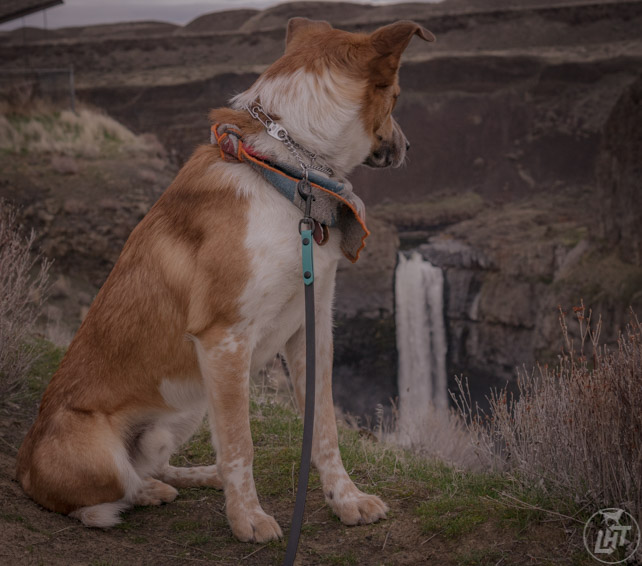
If you’re lucky during the winter months, you can view the falls surrounded by ice and snow, a truly awesome sight.
White Bluffs North Slope Trail
Also known as Hanford Reach, the White Bluffs North Slope Trail features high desert sand dunes jutting out from the Columbia River below. An unsigned trail leads to the first dune, about two miles from the trail head. The path is well worn, but it helps to bring an offline map, as you likely won’t have reception.
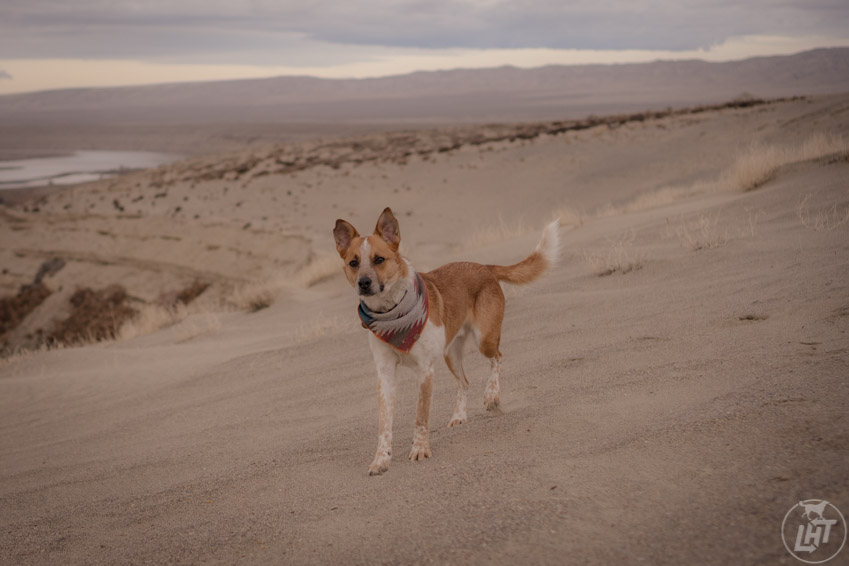
Keep an eye out for wildlife, such as bald eagles, lizards, and osprey, as you wander. The bright white cliffs shimmer as a result of the granite mixed with the sand dunes, left over from the Ringold Formation.
Ancient Lakes
This easy hike around a set of lakes is backpack-able, features a waterfall, wildflowers, and basalt cliffs. The off season months are ideal for a visit because of the lack of shade, and the rattlesnakes are not out. Walking to the first lake, follows a small river and fun rock formations to an overlook of the lake. Scramble down the steep talus slope to the shore. The lakes are made from farm runoff, so it is not advisable to drink from or swim in them.
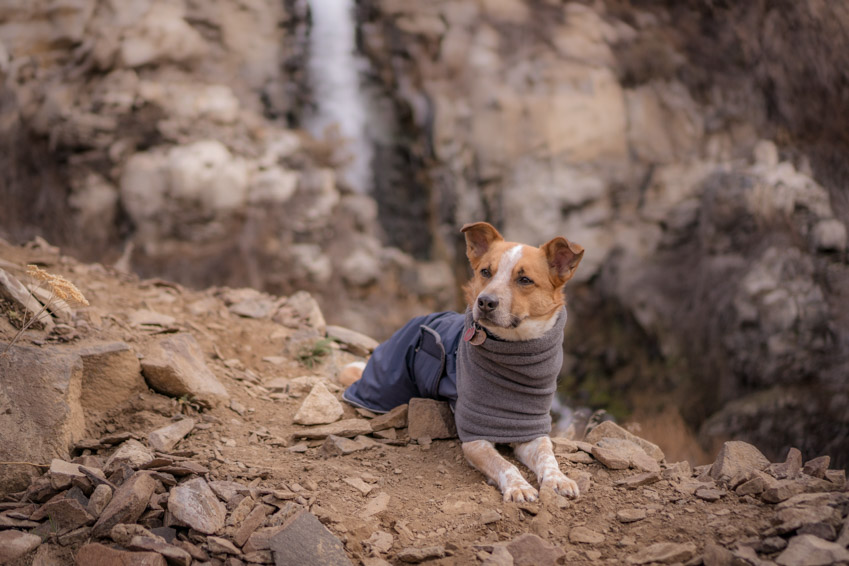
Frenchman Coulee
More famously known among the climbing community, Frenchman Coulee is a gorge with fascinating basalt rock formations that display unique scenery not visible anywhere else in the state.
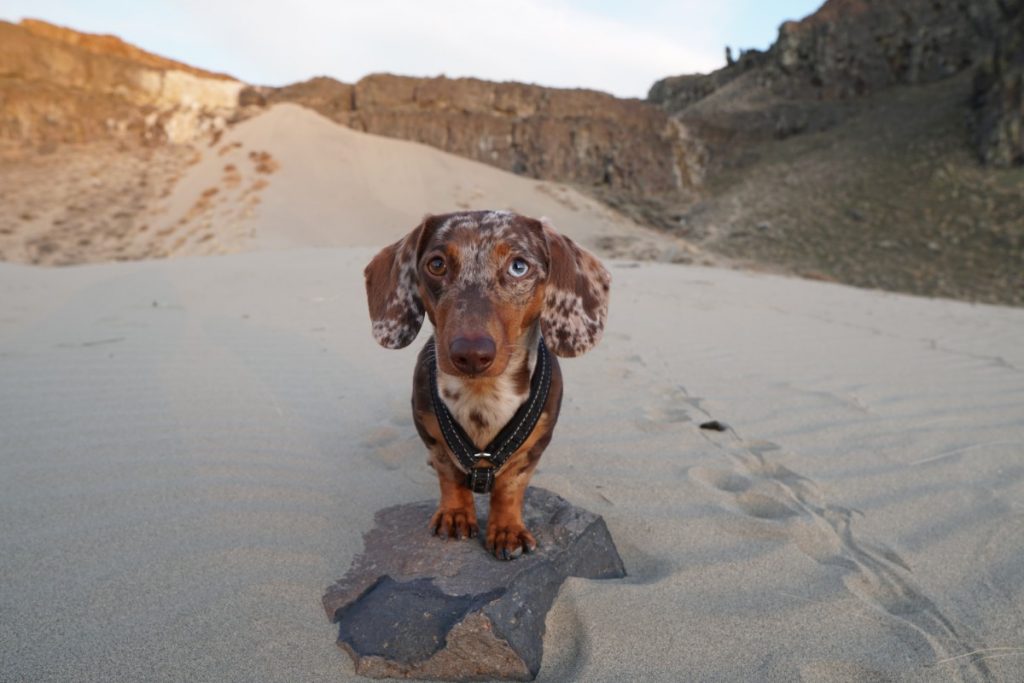
A seasonal waterfall is an easy hike from the parking lot that follows a wide service road. To visit the Frenchman Coulee overlook, follow the climbers’ path (and take a moment to watch them glide up The Feathers). The trail forks after passing by the most popular climbs. Continue westward and up to arrive at an overlook. There are no real official trails, so again, make sure you have your map with you.
Jen Sotolongo is a writer, photographer, and blogger. She travels the world in search of the most dog-friendly cities and outdoor adventures. Join her journey at Long Haul Trekkers.

